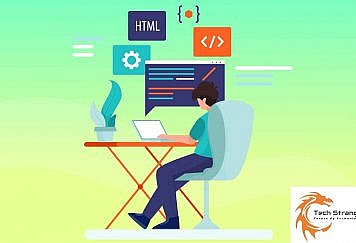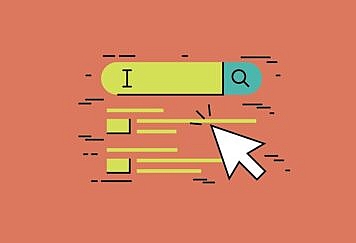Organizations frequently use legacy software modernization services as a means of enhancing their productivity and competitiveness. This can be a challenging and expensive project, but it can have a big impact on performance, costs, and market share.
With the help of specialized support and direction throughout the process, utilizing legacy software modernization can aid firms in achieving their digital transformation objectives.
What Exactly is Legacy Software Modernization?
Legacy software modernization involves the process of upgrading software to keep up with advancements in business, user, or technological needs. It can encompass anything from migrating the product to a new platform, adding new functionalities or features, and upgrading the coding to reflect contemporary best practices.
Reasons for Legacy Software Modernization
There are several reasons for software modernization. Here, we will look at a few reasons why organizations need it.
Simpler Integrations
System modernization can make it easier to integrate both new and old technologies. In addition, it becomes simpler to connect new applications and services and lower the overall complexity of your IT infrastructure.
Maintenance Becomes Easier
Maintenance of legacy software requires a large amount of money and time, and these costs will only rise. Many of the legacy software was developed with a monolithic architecture, making it impossible to change specific parts without also changing the system as a whole, which calls for additional resources.
Additionally, teams find it challenging to tweak and change specific functionalities due to the lack of a modular architecture for many legacy systems.
Even if your application already has several modules, it can still be outdated and need to be updated. The next step in turning functionality into straightforward, maintenance-free components is to use microservices. With the help of this architectural layout, independent services can be created, implemented, and supported without interfering with other system parts.
Improved Security
Modernizing legacy software may help to strengthen the company’s overall security architecture. You can safeguard your company’s assets and data from potential attacks by upgrading to the newest security solutions.
Your business runs the danger of having its customers’ data stolen or exposed if it continues to rely on outdated security measures. You can ensure the safety of your customers by utilizing the most recent security software.
Key Steps to Legacy Software Modernization
To begin with the modernization, it’s essential that you understand how the current system is used within the company. This entails being aware of the business processes, dependencies, and data formats that the software supports.
It can be unsafe to move on with the modernization process without consulting with professionals in software modernization. You need to be aware of a lot of things, such as your system’s performance bottlenecks, technical debt, and more. To get a clearer idea of what your firm requires, it would be best to work with a professional in the field.
With these steps, businesses can easily modernize their outdated software without incurring significant costs or disrupting business operations. Below are the major strategies used for modernizing legacy software:
- Architecture audit
- Code audit
- Refactoring
- Performance testing
- Quality assurance
Follow TechStrange for more Technology, Business, and Digital Marketing News.





